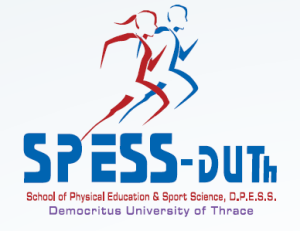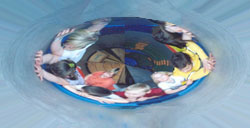Motor proficiency and accident proneness of preschool children
Children are particularly vulnerable to incidents because of their physical, psychological and behavioral characteristics. As a consequence, injuries are frequent and happen in children’s daily life. The purpose of the current research was to identify the relationship among factors like motor proficiency, accident proneness and injury severity in preschool children. During 2007-2009 an accident surveillance questionnaire was sent to 60 nursery schools of East Macedonia and Thrace (Greece). The total sample of the study was 849 accident reports. Student Injury and Incident Report for use in Swedish Schools questionnaire (Laflamme et al., 1998) was used for the recording of the accidents. Children who had more than one accident in a single school year were detected and tested at the beginning of next school year with the battery ”Bruininks-Oseretsky Test of Motor Proficiency” (Bruininks, 1978). Two way analysis of variance (two way ANOVA) was applied for analyzing data. The main effect of the factor “number of accident” was the declined in the balance ability (F=7.61, p<.001) at the school year 2007-08. Furthermore, the factor "number of accidents" effect, for the same reason as previously, the response speed (F=12.3, p<.001). Children who had minor severity of injury were significantly better than children who had severe injuries in the balance (F=8.09, MD=4.57, p<.001), in strength (F=12.19, MD=4.59, p<.001), in visual- motor control (F=21.49, MD=6.7, p<.001) and in upper- limb and dexterity (F=12.32, MD=5.76, p<.001). Similar results also indicated during the school year 2008-09 in balance (F=8.45, MD=8.23, p<.001) and in response speed (F=14.11, MD=3.95, p<.001). In conclusion children with poor motor performance represent accident proneness.
Motor proficiency and accident proneness of preschool children Read More »






